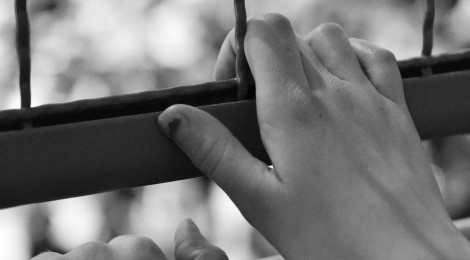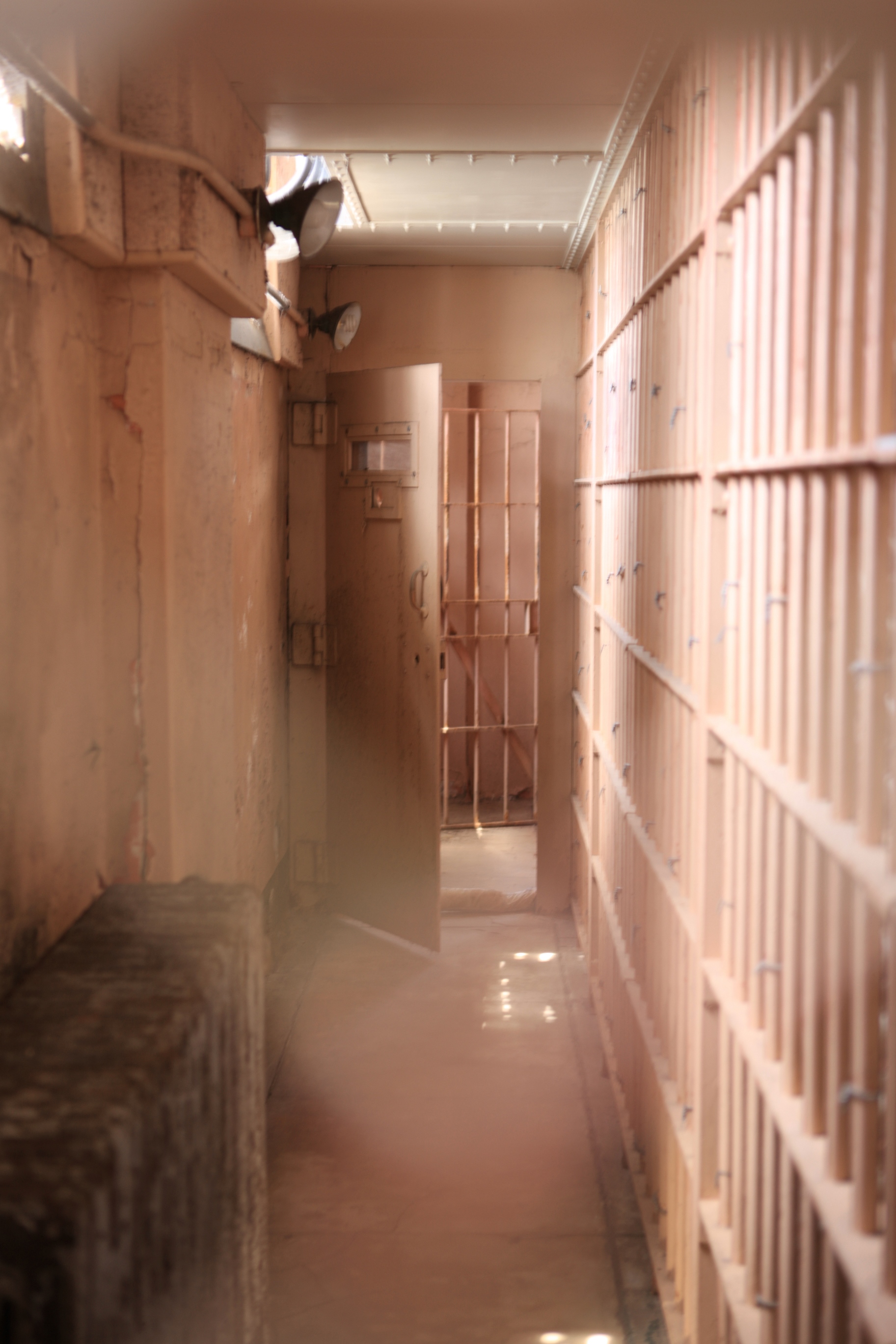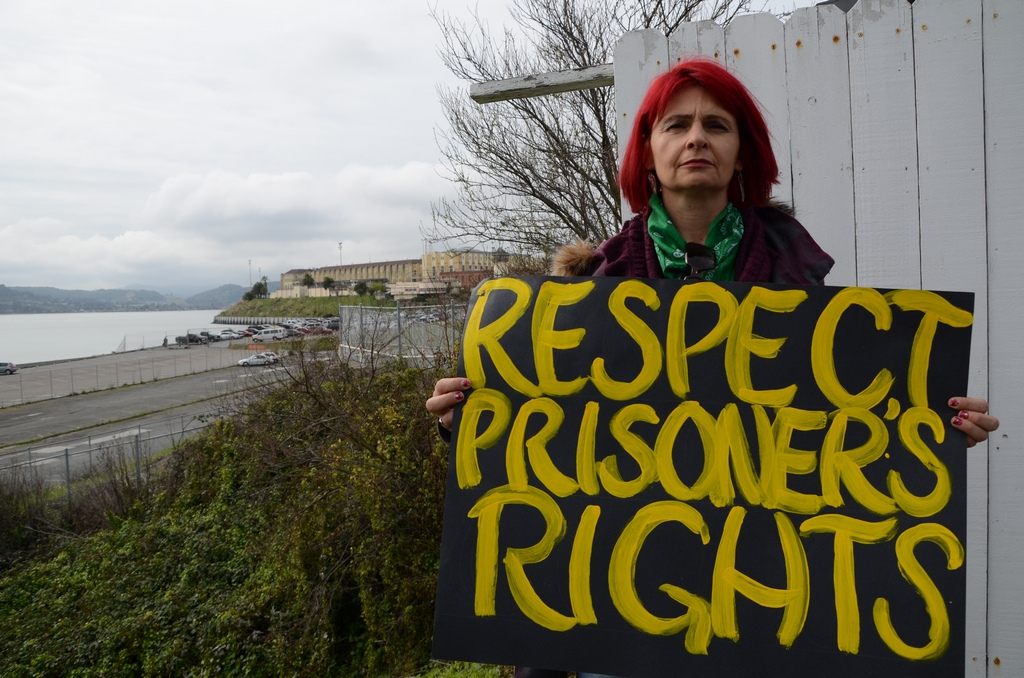
Prisons Perpetuate Trauma in Female Inmates
In May 2012, the Equal Justice Initiative (EJI) filed a complaint with the U.S. Justice Department for maltreatment of inmates in Alabama’s Julia Tutwiler Prison for Women. EJI urged an investigation of the Alabama Department of Corrections, claiming they fail to protect inmates from sexual violence.
After an on-site inspection, federal investigators confirmed allegations that officers were frequently engaging in sexual violence against inmates.
Instances of repeated rape, sodomy, fondling, and exposure were reported.
According to its website, “The mission of the Alabama Department of Corrections is to confine, manage and provide rehabilitative programs for convicted felons in a safe, secure and humane environment.”
But the reality of the modern prison system paints a very different picture.

Allen Beck, Senior Statistical Advisor for the Bureau of Justice Statistics (BJS) reported that “of the 1.4 million adults held in prison, an estimated 57,900 said they had been sexually victimized.” Statistics of abuse in local jails are similar.
Even more startling is a report by the BJS stating that 49% of nonconsensual sexual abuse in prisons involves staff sexual misconduct or sexual harassment toward prisoners.
Among those who experience the most damaging effects of sexual abuse are female inmates with preexisting mental health disorders or past trauma. These women make up a large number of prison inmates.
Charlotte Morrison, a senior attorney with the EJI, explains that to participate in the prisons’ rehabilitative programs, women are required to go through an invasive strip-search in front of male officers each day, a distressing experience for any woman, but especially difficult for those with a history of trauma or abuse.
And mental health services in prisons are either nonexistent or inadequate in supporting prisoner needs. BJS found that only 22% of prison abuse victims receive crisis counseling or mental health treatment.
The consequences are devastating. Higher rates of posttraumatic stress disorder, anxiety, depression, and suicide are frequently reported in female inmates, as well as exacerbation of preexisting psychiatric disorders.
“The key takeaway here is the levels of impunity in detention facilities” says Jesse Lerner-Kinglake, spokesperson for Just Detention International. Prison guards are often exempt from any punishment after assaulting or sexually abusing prisoners.
According to the BJS report, only 46% of sexual assault cases between staff and prisoners were referred for prosecution. In about 15% of cases, staff members were allowed to keep their jobs.
Lerner-Kinglake goes on to say that women underreport abuse because of limited legal options, and because they fear segregation and retaliation by staff.

In 2003, the Prison Rape Elimination Act (PREA) was passed into law to analyze the incidence and effects of prison rape and to provide resources, recommendations, and funding for protection. Yet a decade later, abuse persists and statistics have barely improved.
This may soon change, however, as May 15, 2014 marked the deadline for U.S. states and territories to submit certificates or assurances agreeing to comply with PREA standards. Those not following PREA regulations face potential reductions in grant funding.
While the U.S. government is finally enforcing prisoner safety laws, inmates still suffer from limited access to mental health services.
Many organizations recognize the limitations of the prison system and work to make these services available to prisoners. For example, Just Detention International (JDI), a health and human rights initiative, provides prisons with links to community hotlines and crisis counseling for rape victims. Public ads from such organizations are also being aimed at addressing the stigma surrounding prison rape.
While these may be positive steps to improve prisoner safety, further advocacy and legislation is necessary to protect inmates’ legal rights and to facilitate rehabilitation.
–Eleenor Abraham, Contributing Writer
Photo Credits:
Feature: R. Nial Bradshaw on Flickr
First: Cliff on Flickr
Second: Daniel Arauz on Flickr



